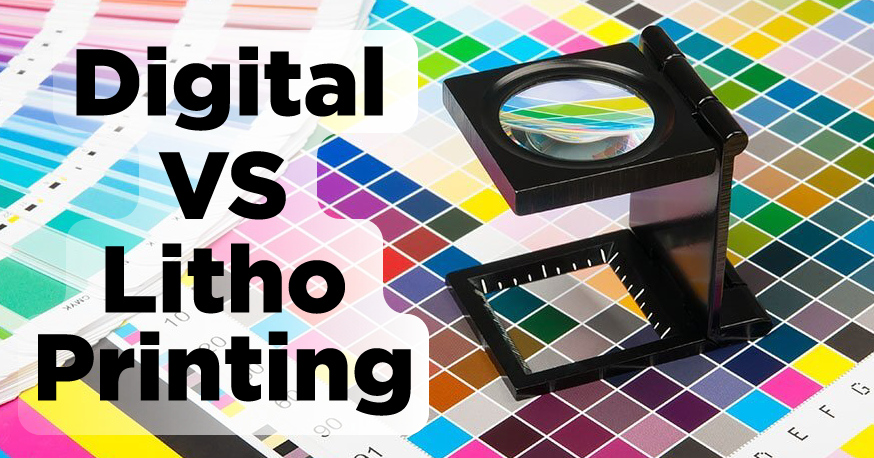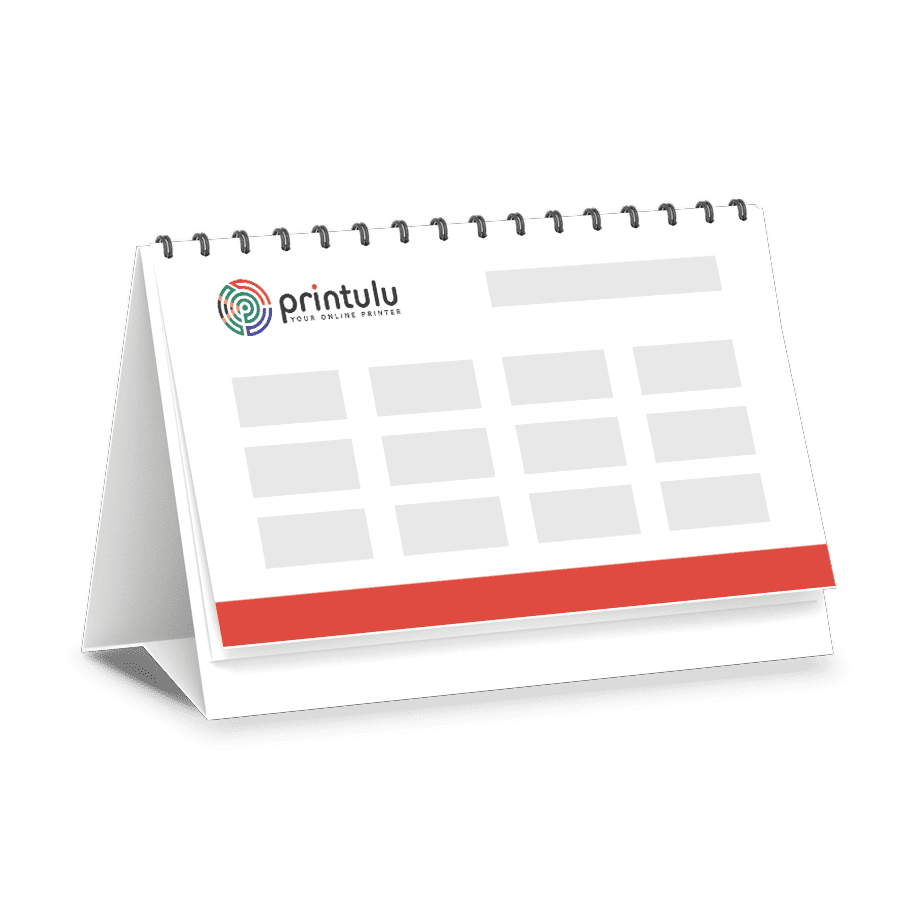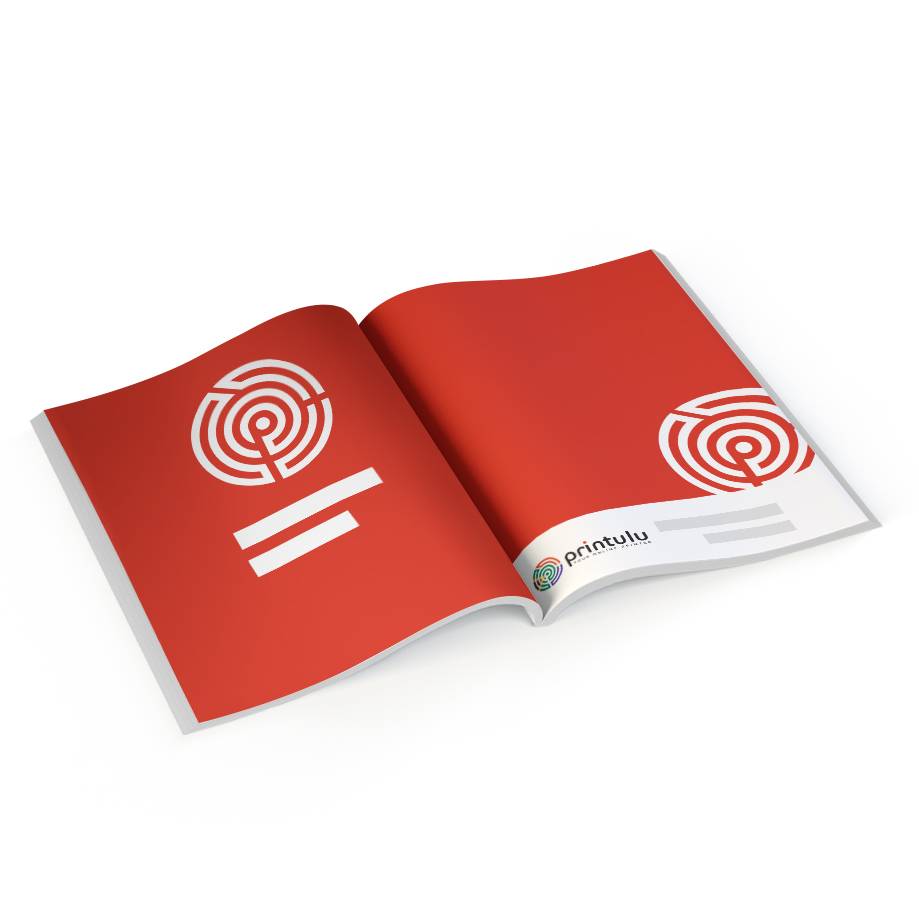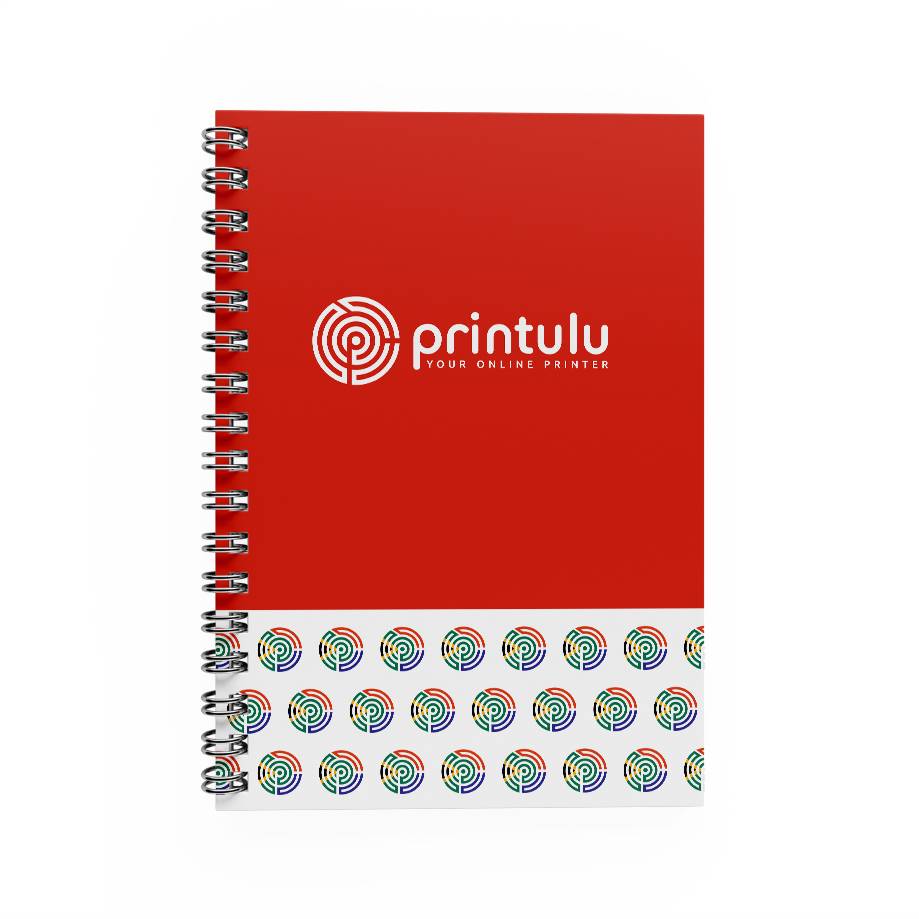Over the past two decades, we’ve seen books become PDFs and experienced the introduction of 3D printers. Since the introduction of digital printing in 1993 by the Indigo Corporation, the technology has come a long way since its inception and has revolutionised the printing industry.

We recently interviewed, Stuart Daniels – Regional Sales Manager of Production Systems at Altron Document Solutions. And to say that I was inspired by what the Xerox brand and by default, Altron is doing would be an understatement.
If you’ve never heard of them, Altron Document Solutions is the world’s largest Xerox distributor and Africa’s leading technology and services company.
Basically, they don’t just offer you a print solution, they offer you a full house service to guide you to success. In the words of Stuart, the digital printing machines are about 5% of the Xerox offering whereas the other 95% is how they service and and assist you from a business development point of view. Assisting you with marketing and workflows and continuously keeping you up to date with everything print-related. The way I understood it, is that if you buy into Xerox you invest in a future collaboration that ensures a streamlined profitable business. What business owner doesn’t like those words?
As the printing industry continues to digitise, the idea that digital printing is set to replace traditional litho printing has been mulled over within the industry. Digital printing can, depending on the application, offer a cheaper and quicker alternative to litho printing. Stuart, Altron’s Regional Sales Manager, states that they are seeing a big trend and a big shift with technology moving more to cater for short-run and on-demand applications.
Of course, I had to ask him about the best advice he could give print businesses out there (because I have no filter and shy isn’t part of my vocab). Stuart’s top advice is that you should have:
- A good creative plan
- a Unique selling proposition i.e. what differentiates you
- Re-invent yourself and your business post-covid
In a shocking twist of events, his answer was not to buy a digital printer and go at it when starting a new print business but to try and outsource to keep your costs as low as possible. At least in the beginning.
Find a print partner that has the latest printing technology including finishing options for short-run on-demand jobs. You should also ensure that this partner has invested in the latest AI workflow Automation to streamline their output, thus giving you the best possible price as well as eliminating human error. As harsh as it sounds, and as scary as it may be, if you aren’t adapting to the new era of technology, you will be left in the dust. Or should we say toner?
There are two digital Printing and Finishing machines to look at when aiming to target the current market:
XEROX® IRIDESSE® PRODUCTION PRESS
This groundbreaking digital production press stands apart with its innovative features and capabilities.
This cutting-edge digital printing machine opens up a world of creative possibilities for high-end production applications, boasting the inclusion of clear, white, silver gold and Fluorescent dry inks alongside the standard CMYK colour palette.
With its unmatched capabilities and seamless integration of metallics and varnish effects through workflow automation, along with real-time quality control, Iridesse enables print providers to streamline their processes, eliminating the need for multiple presses dedicated to print embellishments. This not only increases capacity but also boosts profits for customers.
Moreover, the Iridesse press is equipped to run up to six colours at a time, allowing customers to create unique applications with spot colours, metallic gradients, and special enhancements. This means you could be skipping the very taxing foiling process for those super special wedding invitations 🙂.
Xerox FreeFlow
When combined with Xerox FreeFlow Core’s pre-built workflows, print providers can effortlessly apply dry metallic inks to text and graphics without altering the source documents.
The speciality inks can be used alone or in combination with CMYK, giving rise to iridescent palettes, and a layer of clear dry ink adds a touch of dimension or texture in a single pass.
DUPLO PFI BLADE B3 and B2
One of the machines that has improved the digital printing scene as well is the Duplo PFI blade, this machine is capable of eliminating the need for Dies and ensuring that you can cut, kiss cut, score and perforate in a single run. This is the perfect solution for applications such as boxes and short-run packaging work.
So now that we have solutions to drive sales that are meeting the needs of our consumers, who exactly are these new consumers that actually believe in online shopping – Preferring to check everything out of their digital basket?
Gen Z
Generation Z, often referred to as Gen Z, is a tech-savvy cohort that places high importance on personalisation and sustainability. They’ve seamlessly embraced digital printing technology to express their individuality by customising everything from clothing to home decor. Gen Z is at the forefront of the digital age, using its online presence for creative expression, e-commerce, and raising awareness on important issues. This generation is actively shaping the future of digital culture, making digital printing a pivotal tool for self-expression.
Moreover, new generations, including Gen Z, are significantly influencing the marketing and printing industry. Their demand for personalised experiences drives the adoption of digital printing technology, while their eco-consciousness pushes for sustainable practices. The blurring lines between online and print media, the integration of digital marketing, and a focus on values-driven consumerism are reshaping the industry. Companies are adapting to cater to tech-savvy, values-oriented consumers, emphasising the importance of digital printing technology and a dynamic online presence in the evolving landscape of marketing and printing.
How does Printulu use these methods?
We have a range of different machines that we use for your printing needs. When you order with us, you don’t have to worry about which type of printing to choose, however, it is important to understand so that you know exactly what you can expect as a final result.
We have processes in place to ensure that your project is produced via the suitable printing methods to give you the best result. We take all of the above into account when we scheme your order and put it into production. If you have any questions about our processes, send us an email at [email protected].
Do you have a preference when it comes to printing methods? Leave us a comment down below to let us know what you think!
Summary
| Topic | Summary |
|---|---|
| Introduction | Digital printing has revolutionized the printing industry. Altron Document Solutions, a leading Xerox distributor, offers a comprehensive service beyond just printing. The digital printing machines are a small part of their offering; the rest focuses on business development, marketing, and workflows. |
| Trends in Digital Printing | Digital printing is replacing traditional litho printing for short-run and on-demand applications. The industry is moving towards catering to these needs. |
| Top Advice for Print Businesses | Key advice for print businesses: 1) Have a good creative plan; 2) Establish a unique selling proposition; 3) Adapt and reinvent the business post-COVID. Outsourcing can be cost-effective, especially in the beginning. |
| Key Printing Machines | Two significant digital printing machines: Xerox Iridesse Production Press offers innovative features and the ability to print in multiple colours. Duplo PFI Blade B3 and B2 can cut, kiss cut, score, and perforate in a single run, ideal for short-run packaging. |
| Influence of Generation Z | Generation Z influences the printing and marketing industry by valuing personalisation and sustainability. They use digital printing for self-expression and customising products. Their demands are reshaping the industry towards digital printing. |
| Comparison of Digital and Litho Printing | Digital printing is quick and cost-effective for short runs. Litho printing offers higher quality, better for large sections of solid colour, and is suitable for specific materials. Costs vary depending on setup and quantity. |
| How Quickly Digital is Evolving | Digital printing is growing quickly, with its advantages being high-quality images, low setup costs, and variable data printing. Despite these advancements, litho printing remains relevant for certain projects and can coexist with digital. |
| Variable Data Printing (VDP) | Variable data printing (VDP) allows for personalization of printed materials. VDP can be used to change text, images, and layouts based on demographics or individual preferences. It enhances customer engagement and is used in marketing materials. |
| The Future of Digital and Litho Printing | Both digital and litho printing have their unique advantages. They can coexist and evolve together to meet various printing requirements. Hybrid printing presses are emerging as an alternative. Each method has its own strengths. |
| How Printulu Utilizes Different Printing Tech | Printulu uses various printing methods to ensure the best results for each project. Their processes consider project requirements and characteristics to select the most suitable printing method. |




